Dear Creators, we are proud to announce an amazing affiliate program for you to earn some serious and continual cash. Read about our affiliate progarm here.
Caros criadores, temos o orgulho de anunciar um incrível programa de afiliados para vocês ganharem muito dinheiro de forma contínua. Leia sobre nosso programa de afiliados aqui.
Aircraft Turrets And Defense Tactics | Interesting Historical Facts You Might Not Know | Ep. 1
Aircraft turrets and defense tactics used during the war. An interesting account of the ideas, and engineering behind them | Episode 1 <br> <br>Join this channel to support it: <br>https://www.youtube.com/channe....l/UCTTqBgYdkmFogITlP <br>Click the link to watch more aircraft, heroes, and their stories, and missions: https://www.youtube.com/@Dronescapes <br> <br>During World War I, air gunners initially operated guns that were mounted on pedestals or swivel mounts known as pintles. The latter evolved into the Scarff ring, a rotating ring mount that allowed the gun to be turned to any direction with the gunner remaining directly behind it, the weapon held in an intermediate elevation by bungee cord, a simple and effective mounting for single weapons such as the Lewis Gun though less handy when twin mounted as with the British Bristol F.2 Fighter and German "CL"-class two-seaters such as the Halberstadt and Hannover-designed series of compact two-seat combat aircraft. In a failed 1916 experiment, a variant of the SPAD S.A. two-seat fighter was probably the first aircraft to be fitted with a remotely-controlled gun, which was located in a nose nacelle. <br>As aircraft flew higher and faster, the need for protection from the elements led to the enclosure or shielding of the gun positions, as in the "lobsterback" rear seat of the Hawker Demon biplane fighter. <br>The Boulton & Paul Overstrand biplane was the first RAF bomber to carry an enclosed turret <br>The first British operational bomber to carry an enclosed, power-operated turret was the Boulton & Paul Overstrand twin-engined biplane, which first flew in 1933. The Overstrand was similar to its First World War predecessors in that it had open cockpits and hand-operated machine guns. However, unlike its predecessors, the Overstrand could fly at 140 mph (230 km/h) making operating the exposed gun positions difficult, particularly in the aircraft's nose. To overcome this problem, the Overstrand was fitted with an enclosed and powered nose turret, mounting a Lewis gun. Rotation was handled by pneumatic motors while elevation and depression of the gun used hydraulic rams. The pilot's cockpit was also enclosed but the dorsal (upper) and ventral (belly) gun positions remained open, though shielded. <br>A Martin YB-10 service test bomber with the USAAC – the first flight of the B-10 design occurred in mid-February 1932 <br>The Martin B-10 all-metal monocoque monoplane bomber introduced turret-mounted defensive armament within the United States Army Air Corps, almost simultaneously with the RAF's Overstrand biplane bomber design. The Martin XB-10 prototype aircraft first featured the nose turret in June 1932—roughly a year before the less advanced Overstrand airframe design—and was first produced as the YB-10 service test version by November 1933. The production B-10B version started service with the USAAC in July 1935. <br> <br>A B-24 Liberator rear turret <br>In time the number of turrets carried and the number of guns mounted increased. RAF heavy bombers of World War II such as the Handley Page Halifax (until its Mk II Series I (Special) version omitted the nose turret), Short Stirling and Avro Lancaster typically had three powered turrets: rear, mid-upper and nose. (Early in the war, some British heavy bombers also featured a retractable, remotely-operated ventral/mid-under turret). The rear turret mounted the heaviest armament: four 0.303 inch Browning machine guns or, late in the war, two AN/M2 light-barrel versions of the US Browning M2 machine gun as in the Rose-Rice turret. The tail gunner or "Tail End Charlie" position was generally accepted to be the most dangerous assignment. During the war, British turrets were largely self-contained units, manufactured by Boulton Paul Aircraft and Nash & Thompson. The same model of turret might be fitted to several different aircraft types. Some models included gun-laying radar that could lead the target and compensate for bullet drop. <br> <br>Cover Credit (colorized by @Dronescapes): Yorkshire Air Museum <br> <br>#aircraft #airplane #history

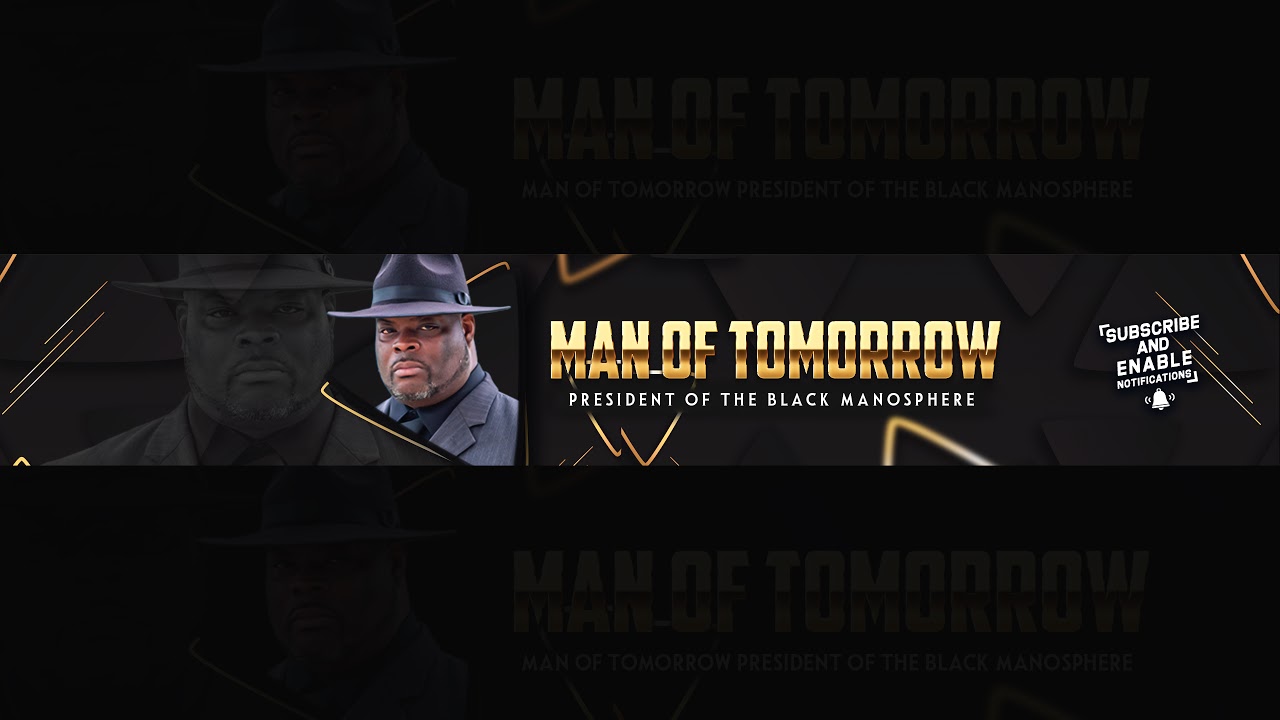





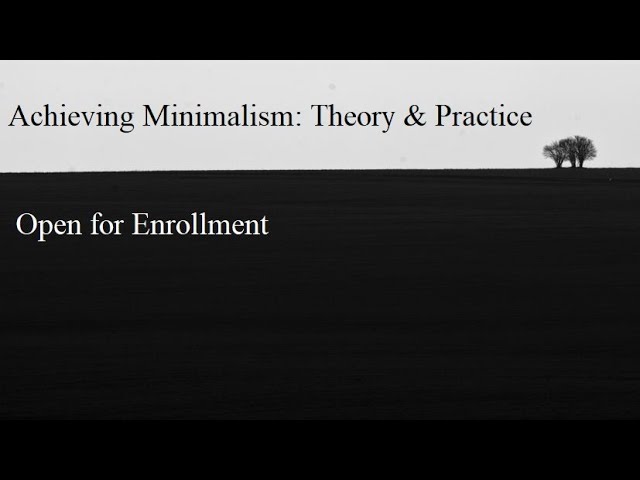
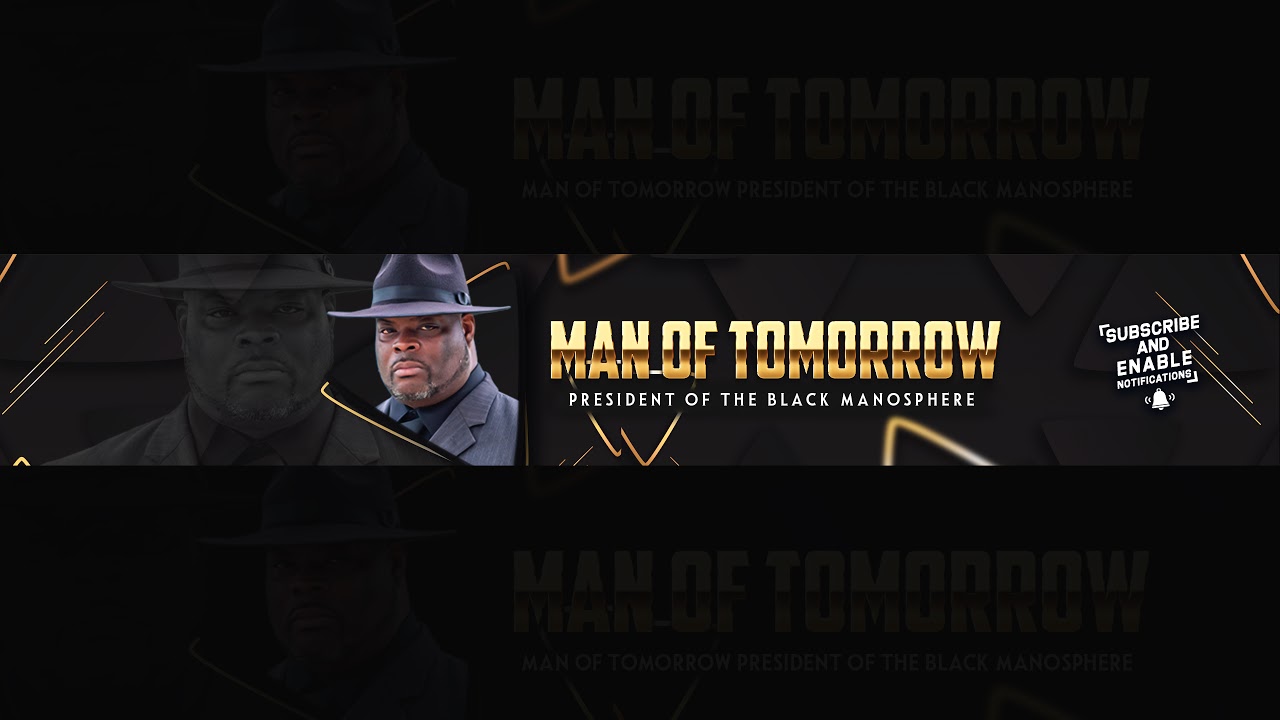






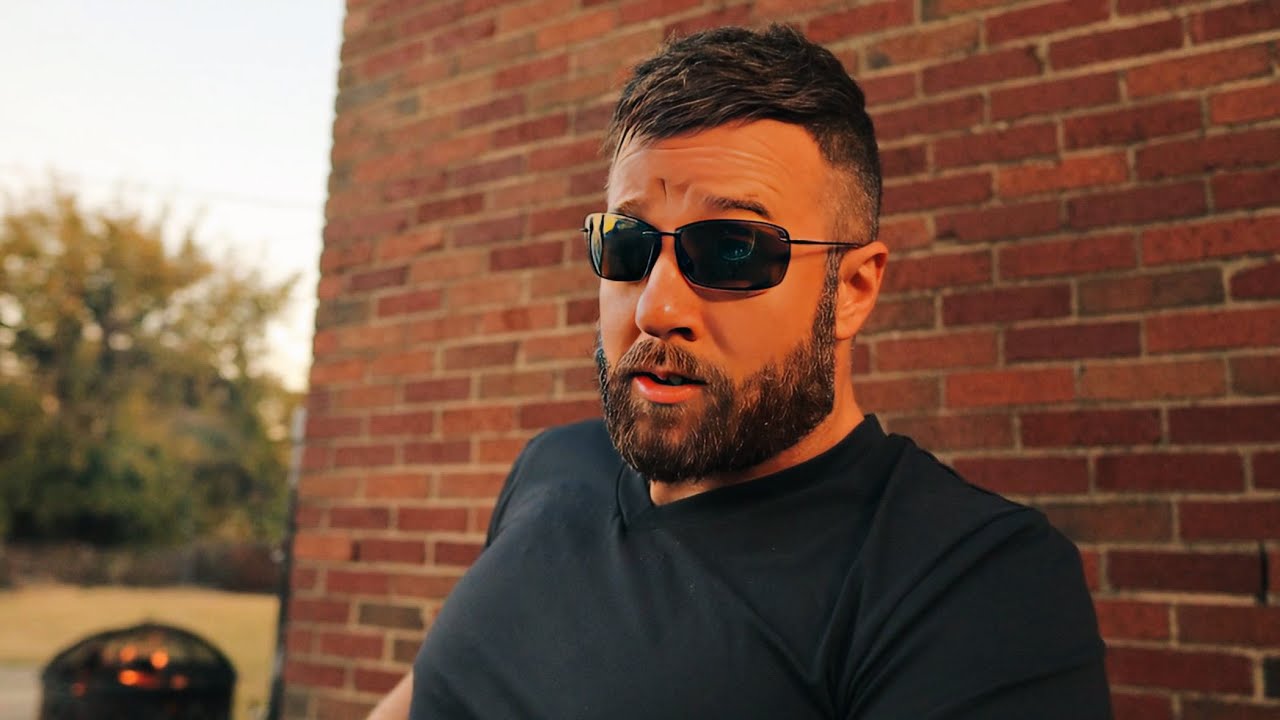
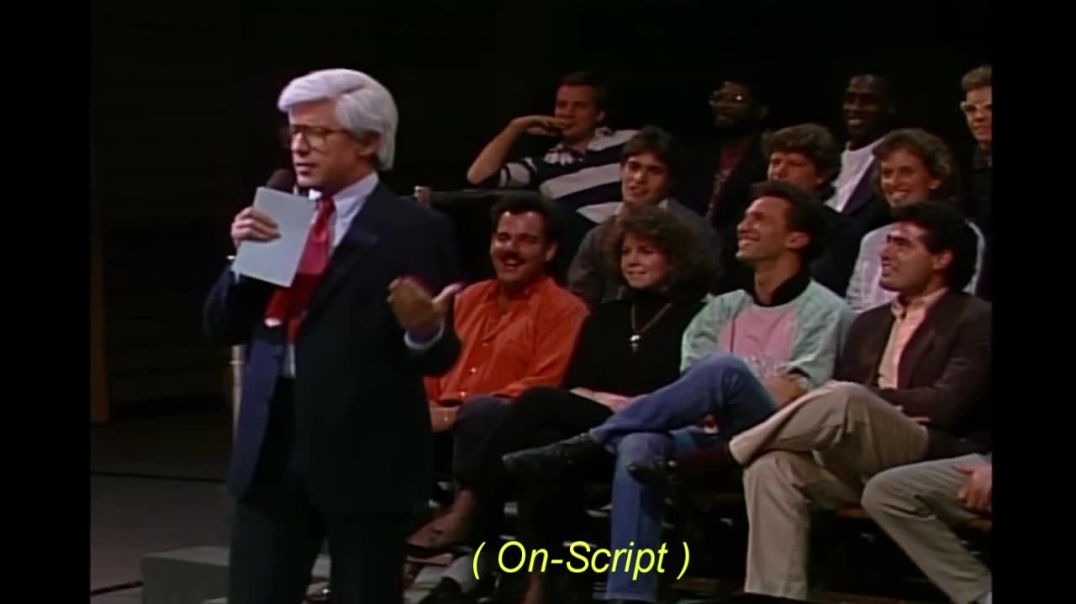






SORT BY-
Top Comments
-
Latest comments
When I saw this , and the twin turrets with the 2 x 20mm cannons pop out of the fuselage, I went, "I know where the inspiration for this animation comes from".
Aircraft Turrets And Defense Tactics
https://www.mgtow.tv/v/iUkdq6
FORTRESS THE LAST DAY OF WAR -Full Clip-
https://www.mgtow.tv/v/2iX1Jy
1 year ago
Fuck - these are works of great art.